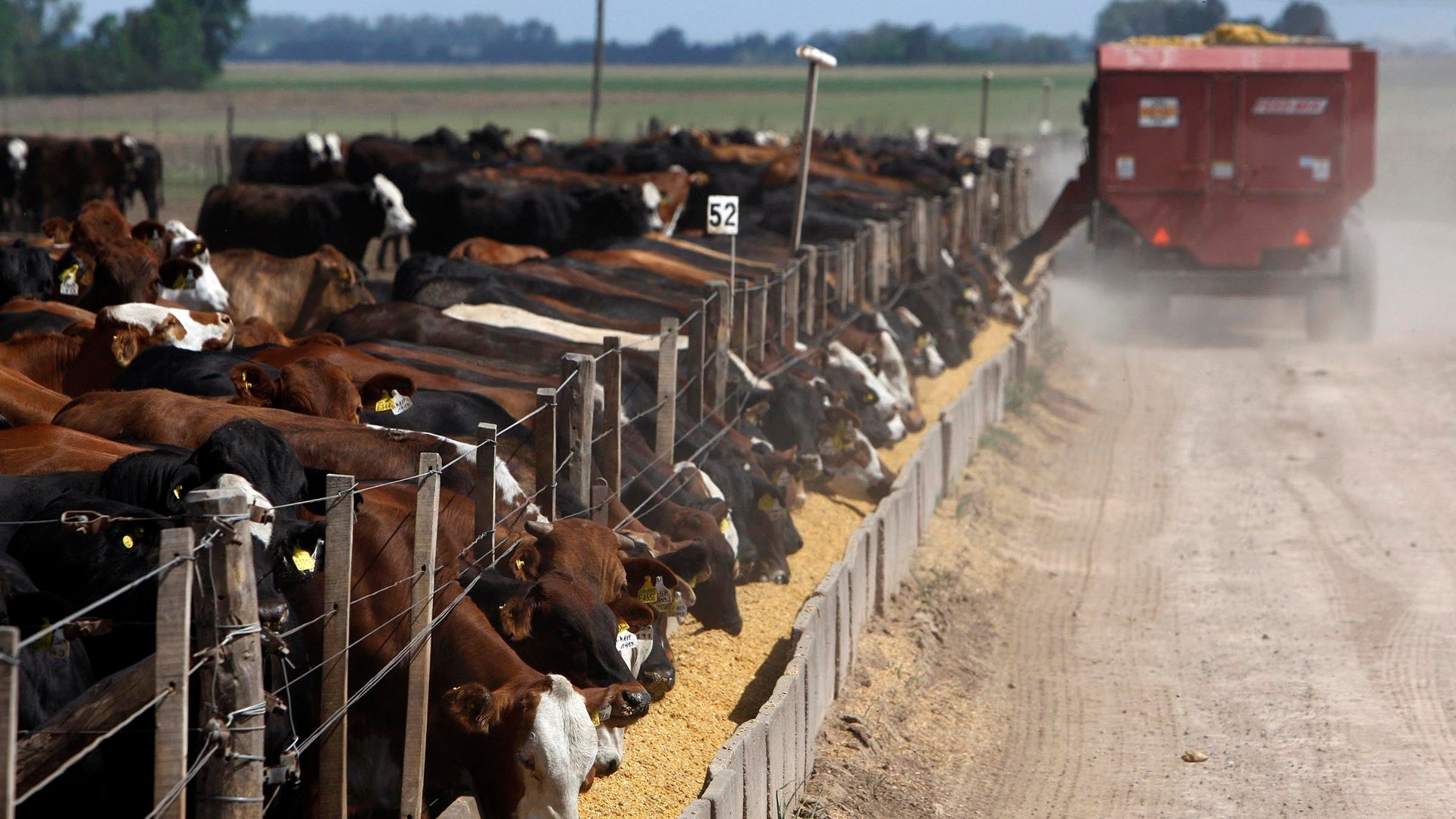Want to eat beef and fight climate change? Eat a cow stomach
Okay so you don’t want to give up meat. Sure, it’s ultimately bad for the planet, but it just tastes too good to abandon for a plant-based diet.


Okay so you don’t want to give up meat. Sure, it’s ultimately bad for the planet, but it just tastes too good to abandon for a plant-based diet.
The good news is that there’s a way for you to have your environmentally-responsible beef and eat it, too, according to a new study published in the journal Environmental Science and Technology. But to do that, you’re going to have to be a little adventurous.
If you lined up the predominant animals from which the world gets most of its meat—cows, pigs, and chickens—research shows that cows far and away produce the most greenhouse gas emissions. This is mostly through methane gas, which the animals breathe and eventually excrete via their manure. But the study shows that emissions from the overall meat industry would tumble by double digits if diners starting foregoing the usual cuts of beef they’ve come to enjoy and switched to a cow’s offal—its internal organs. That’s because fewer animals would need to be slaughtered to feed the same number of people, the researchers found.
Some of these organs already make regular appearances among some cultures’ cuisines. The British incorporate them into steak and kidney pies, for instance. In Italy a cow’s is often served up as trippa while in Spain, it appears in a dish called callos. In sub-Saharan Africa, the cow’s small intestine is used for sausage casings. And in Indonesia, a cow’s stomach can often appear on plates as a fried item, or in soup.
European Union meat production ballooned by almost 16% between 1990 and 2016, while consumption increased by 13%, according to the United Nations. That’s ultimately pumped more greenhouse gases into the atmosphere, and has led to questions about what can be done, if anything, to bring those levels down.
The team of researchers behind the study specifically looked at the German market for their study. Germans eat about twice the amount of meat as the global average, and if they cut their consumption in half, meat industry-generated emissions would fall by about 32%. If they switched to offal a couple times a week, though, the output would drop by 14%.
But eating tripe, liver, tongue, and brains isn’t considered a menu staple in Germany, or in the US, another heavy meat-eating country. Part of the trick, then, would be to get people out of their culinary comfort zones.
And if people just aren’t willing to try something new, the authors of the study offer another route to eating meat more responsibly. If a person won’t give up meat or reduce their consumption, and if they won’t try the internal organs, they can switch away from beef and attempt to eat pork and chicken, which both emit less green house gas than beef cows. If Germans switched to pork and chicken just a quarter of the time, emissions from animal agriculture would decrease by about 7%, the study found.